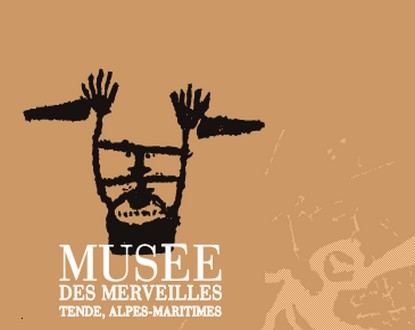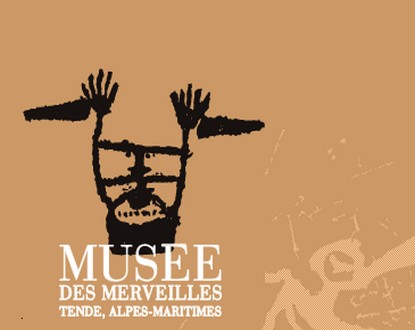The Wonders of Mount Bego: Economic Concerns and Cosmogonic Myths of the First Metallurgist Peoples of the Alpes-Maritimes at the Departmental Museum of Wonders in Tende.

Since 1967, every summer, multidisciplinary teams led by Professor Henry de Lumley have explored the high mountain valleys dotted with lakes, springs, and streams surrounding the massif of Mount Bego, aiming to uncover the mystery of the 40,000 figurative signs engraved at the end of the 4th and throughout the 3rd millennium BC on the rocks of this region.
These petroglyphs correspond to a symbolic language that has been part of the background noise of Mediterranean thought since the dawn of Neolithic times.
It could be, along with the cuneiform inscriptions from the Sumer region dating back to 3300 BC or the Egyptian hieroglyphic inscriptions of the Nile Valley from 3200 BC, one of the oldest writing systems in human history.
The consistency of the engraving techniques, as well as that of the iconographic themes, shows that these figures were not made randomly, but correspond to a world view transmitted from generation to generation through a graphic code. By tracing these signs, people designated real or imaginary objects and, by combining them, they created ideas in relation to the natural and supernatural worlds.
The study of the petroglyphs of the Sacred Mountain of Bego has allowed the Departmental Prehistoric Laboratory of Lazaret to develop a framework today offering a hypothesis for deciphering the stories inscribed on the rocks engraved by the first metallurgist peoples of the southern Alps, around five millennia ago.
Rock engraved with interlocking corniforms
Thus, these rock signs convey the daily economic concerns of the ancient agricultural and pastoral populations of the southern Alps, linked to the sky’s water, springs, and lakes to fertilize fields and meadows.
In addition, these ideograms might recount cosmogonic myths centered around the bull god, brandishing lightning, master of storms and giver of fertilizing rain, and the great goddess, who must be fertilized by the rain from the sky to bring abundance to humans.



